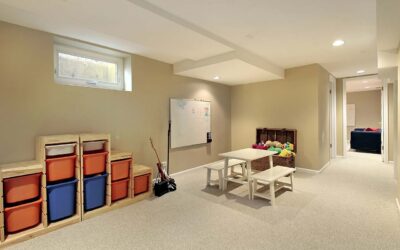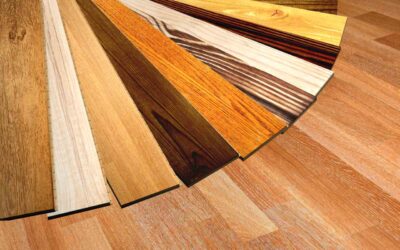A new floor can be one of your most significant projects. Imagine if blemishes appeared after the hard work I put in. Unfortunately, flooring problems can occur for several reasons, from improper installation preparation to improper care. Here we are going to tell you about some of the common issues that can affect the performance of the floor and the tips you can follow to avoid them.
One of the ways to avoid those problems is to consider the particular requirements of the flooring material you have selected, be it laminate, hardwood, or something else. Another critical step is to review the product warranty, installation, and care guide. Finally, remember that even if you know how to install a flooring category, regulations can always change and therefore change the performance and installation of the product.
Check Your Subfloor
What is under your floor is very important in your performance. In most homes, you will find that the subfloor is known as the substrate, and it is either plywood or concrete. Several problems can occur if your subfloor must be adequately prepared before installing the new floor.
Make Sure Your Subfloor Is Compatible With Your Floor
An example of a subfloor unsuitable for a particular floor material is plywood under tile. This is because plywood can be too flexible and can cause the tiles to crack when applying pressure. However, you can still tile an area with a plywood subfloor. In this case, what should be done is to install a cement board on top of the plywood and in this way a more stable surface is created to install the tiles.
Check That Your Subfloor Is Flat
A flat, smooth surface is essential to the profitability and performance of the floor. A self-leveling compound is a product that can be used to smooth and flatten that surface. Other options, such as fiber and foam subfloors, can also smooth out imperfections in the subfloor.
Mitigate Moisture
Moisture barriers are important when installing flooring over a concrete substrate. You can use 6-mil polyester sheeting as a barrier when installing laminate, vinyl, and engineered hardwood over concrete flooring. Subfloor options on the market also have a built-in moisture barrier. You should be aware that some flooring options have a very limited moisture barrier, so you’ll need to install a 6-mil polyester under them.
Acclimate The Floor That Needs It
Some flooring materials require a period of acclimation to the room environment before installation. This is necessary to ensure that the floor’s moisture content is in tune with its surroundings. Additionally, it is essential to maintain these levels during the useful life of your foot. On the contrary, the lack of acclimatization and maintenance of the environment can cause deformations, hollowing, and gaps. For example, engineered hardwood, laminate, cork, and bamboo are floors that need acclimation.




0 Comments